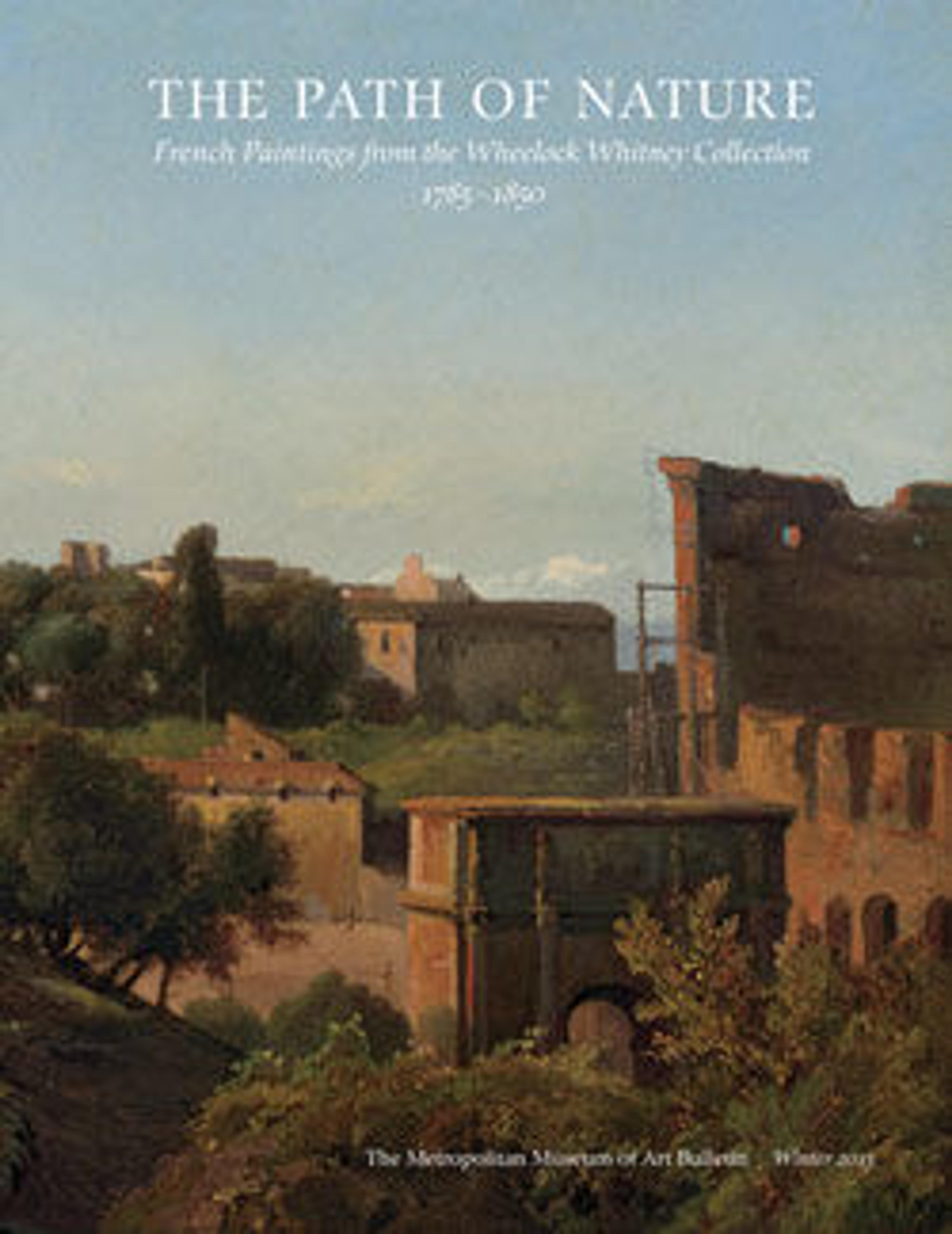View in the Gardens of the Villa d'Este
This view within the gardens of the Villa d’Este at Tivoli, renowned for its cypresses and waterworks, was painted between 1814 and 1817, during Pallière’s residency in Rome, twenty miles away. Pallière made sketches like this one to help formulate settings for narrative subjects, but also for pleasure. This is one of only two known examples from the trove of landscape studies discovered among the artist's effects after he died.
Artwork Details
- Title: View in the Gardens of the Villa d'Este
- Artist: Léon Pallière (French, Bordeaux 1787–1820 Bordeaux)
- Date: ca. 1814–17
- Medium: Oil on paper, laid down on canvas
- Dimensions: 9 x 12 in. (22.9 x 30.5 cm)
- Classification: Paintings
- Credit Line: The Whitney Collection, Promised Gift of Wheelock Whitney III, and Purchase, Gift of Mr. and Mrs. Charles S. McVeigh, by exchange, 2003
- Object Number: 2003.42.44
- Curatorial Department: European Paintings
More Artwork
Research Resources
The Met provides unparalleled resources for research and welcomes an international community of students and scholars. The Met's Open Access API is where creators and researchers can connect to the The Met collection. Open Access data and public domain images are available for unrestricted commercial and noncommercial use without permission or fee.
To request images under copyright and other restrictions, please use this Image Request form.
Feedback
We continue to research and examine historical and cultural context for objects in The Met collection. If you have comments or questions about this object record, please contact us using the form below. The Museum looks forward to receiving your comments.
